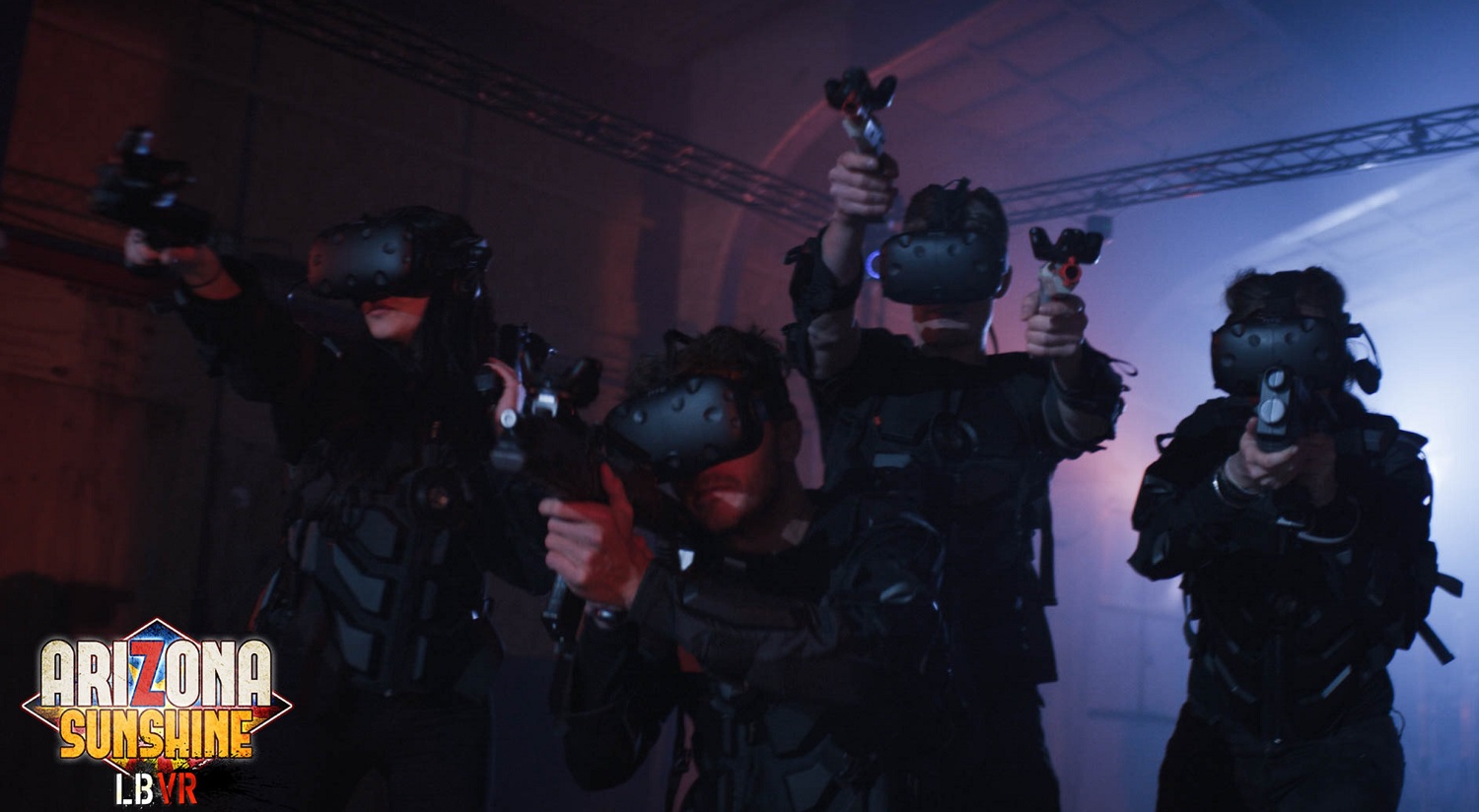Vertigo Games, the studio behind best-selling virtual reality game Arizona Sunshine, has announced it has created a separate company entitled Vertigo Arcades that will make it easier for VR developers to create arcade versions of their games.
Built on the Rotterdam, The Netherlands company’s experience in taking the shooter game Arizona Sunshine into arcades, Vertigo Arcades will help VR developers and VR arcades through its VR Arcade Suite, a content launcher for free-roaming location-based (LB) VR titles.

Unlock premium content and VIP community perks with GB M A X!
Join now to enjoy our free and premium membership perks.
![]()

![]()